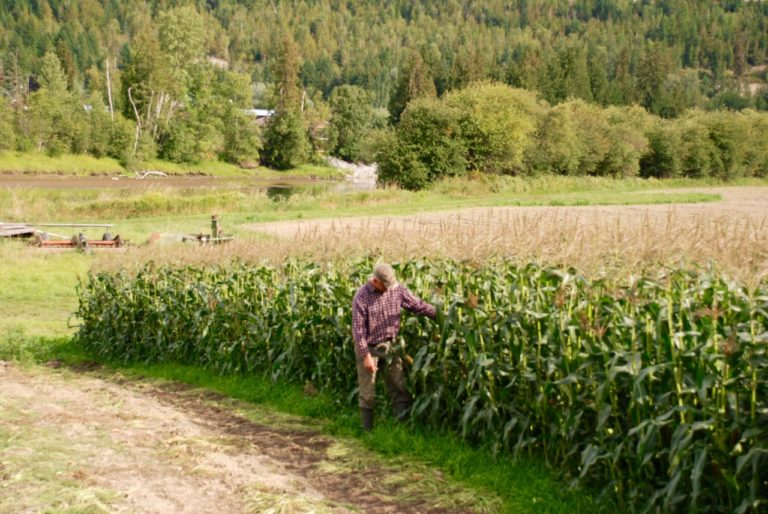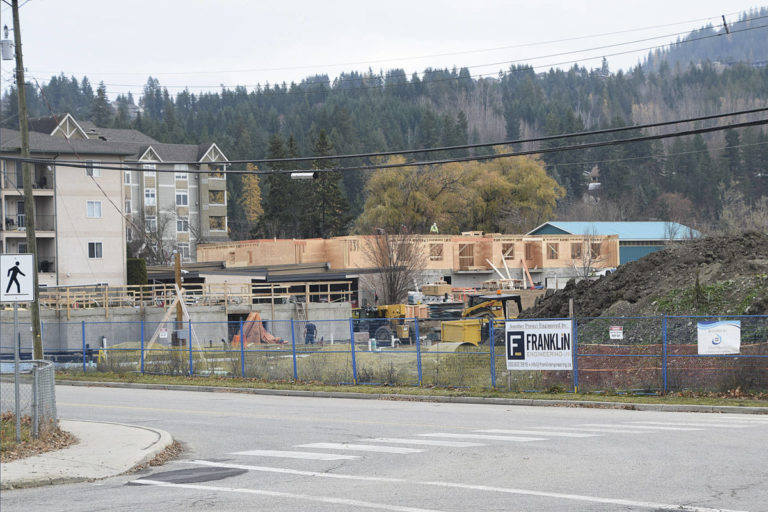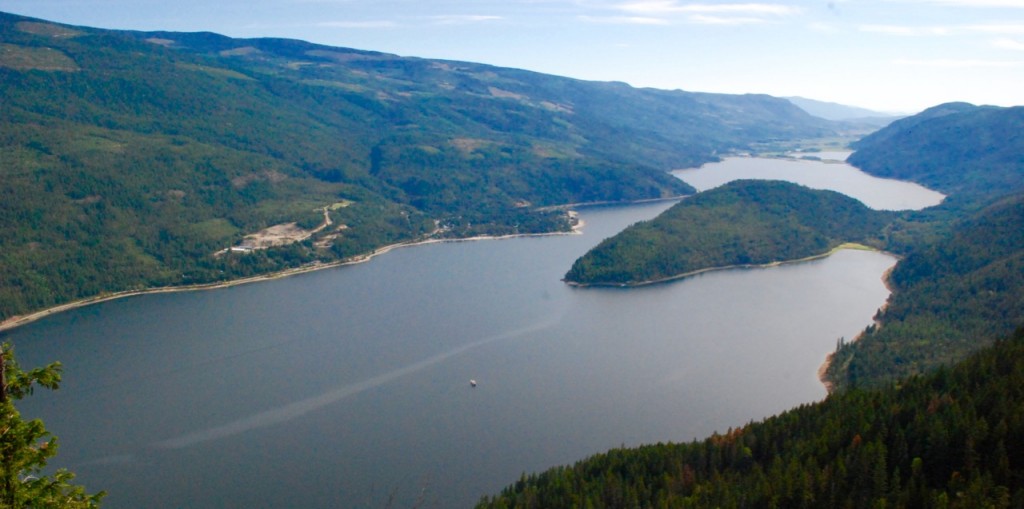
It may take a year or two, but eventually the pandemic will likely be gone and life will return to some level of normalcy. While the Shuswap has so far been fortunate to avoid many health consequences, the impact on our economy and our social lives continues to be problematic. As well, the disease has exposed many of the flaws in our society that need to be addressed during the recovery.
While the COVID crisis emerged rapidly, another crisis continues to build that poses even a greater threat – climate change. Diseases aside, future forecasts include extreme weather events, more wildfires, and the potential for shortages of food and other essential goods. If the Shuswap is going to thrive in the future, our local governments and communities need to adopt strategies that build resiliency, along with sustainability.
A better future for the Shuswap needs to include these principles: increased self-sufficiency, stronger social cohesiveness, poverty reduction, active healthy lifestyles, and more joyous celebrations. Achieving these goals is a tall order, but ignoring them could leave our region more exposed when the next crisis emerges.
We experienced a taste of what the future could hold, when we found many store shelves empty during the beginning of the lockdown. The Shuswap, like most of the western world, is dependent upon globalized supply chains that are more sensitive to disruption than many realize. Yet, one hundred years ago local families did mostly survive on what they hunted, foraged, produced or traded, as we live in a rich, fertile region of the province.

There are many obstacles to producing and distributing locally grown food, as the vast majority of our farmland is currently underutilized. Less than 0.1 percent of the Shuswap agricultural land is used to grow vegetables or fruit, with the remainder used for hay, grazing or lying fallow. As well, even though the average age of farmers is over 55 and most do not have a succession plan, it is difficult for most young people to farm given the high price of land. Fortunately, there has been some success with farmland leasing programs.
Solutions must be found to increase the supply of locally grown food and the recent announcement about the local food hub is a good first step. We can be thankful for the agricultural land reserve, however it discourages land to be divided into more affordable parcels that could be farmed more intensively because there is no mechanism to ensure that farming occurs. Farming co-ops are one possibility that could result in more intensive farming, but there are restrictions to how many people can live on one farm.

One solution for addressing inequality is to provide more affordable housing and it is good to see projects underway in Salmon Arm. More low-cost housing is needed in the city and in other Shuswap communities.

One of the best ways to keep healthy is through outdoor, non-motorized recreation. Hiking, biking, and skiing on Shuswap forest trails and rock climbing is not only great exercise, but it also helps connect one with the natural world. Investments in new trails, like the rail trail and the West Bay Trail in Salmon Arm, will not only increase recreational opportunities for local residents but also help attract visitors and encourage them to stay longer.
The pandemic has flattened most forms of social interaction, which are so essential for fostering a good sense of community. Hopefully our current habit of shunning people will evaporate if and when COVID is under control. A well-connected community would be better able to cope with a crisis, as people would be more likely to help each other. Success would mean greater participation in community organizations, events and projects.
It is a given that the Shuswap’s population will grow, as more people flee crowded, polluted cities to live in rural areas. It will be key to ensure that smart growth principles guide new development; including energy-efficient designs that minimize vehicle use and encourage active transportation.
There is one addition that could achieve many goals for a better future – a downtown campus for a post-secondary institution that focuses on three fields, arts and culture, agriculture and Indigenous studies. Since Okanagan College rejected the concept, perhaps Thompson Rivers University might consider it as we share the same watershed.
POSTSCRIPT
This column introduces a project underway by three organizations, the Shuswap Family Resource Centre, the Shuswap Food Co-op and the Shuswap Environmental Action Society and funded by Community Futures Shuswap. The goal will be develop alternative strategies to foster resilience in the Shuswap. Ideas will come from a literature review and from suggestions by local experts. Stay tuned!





